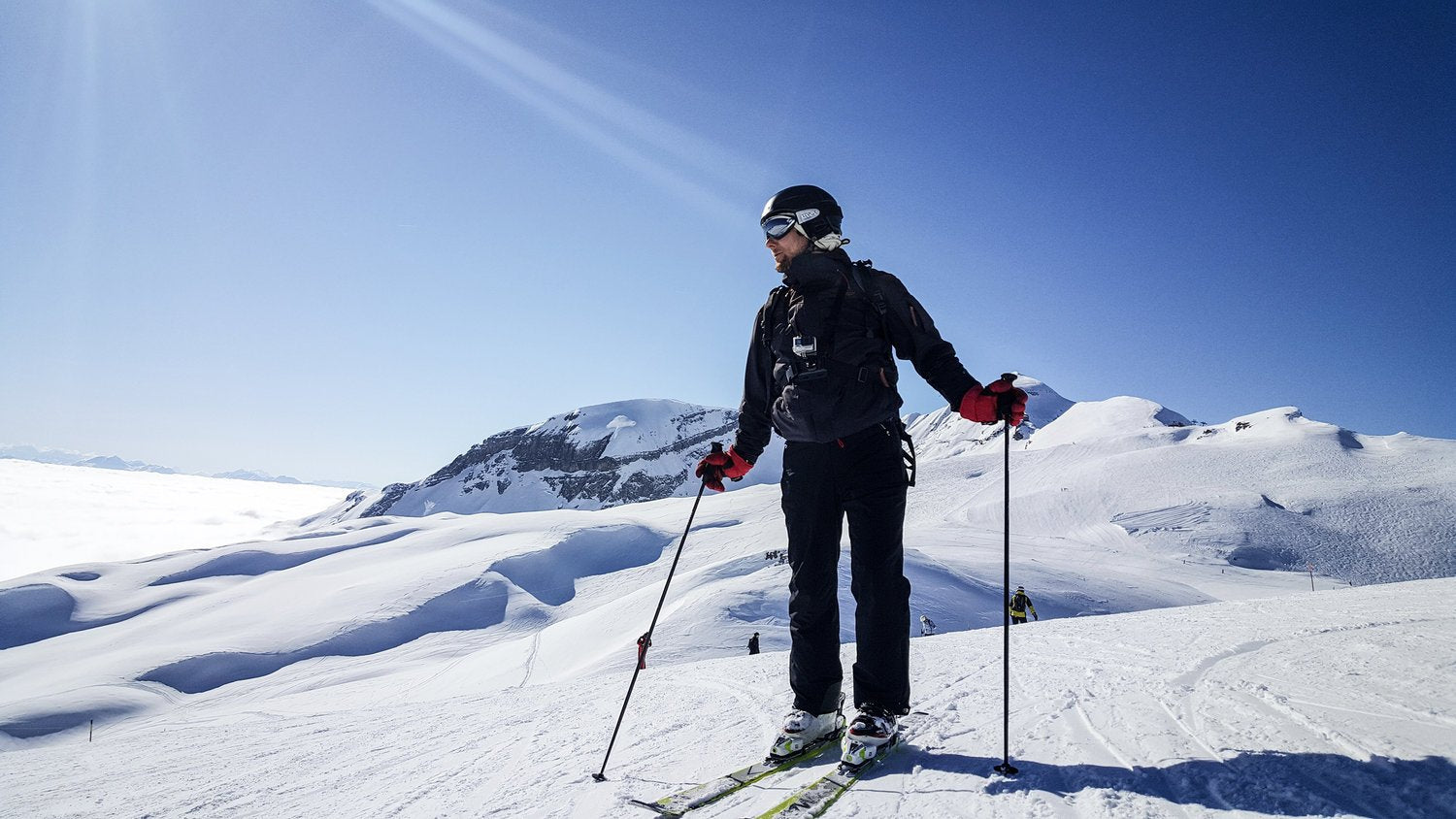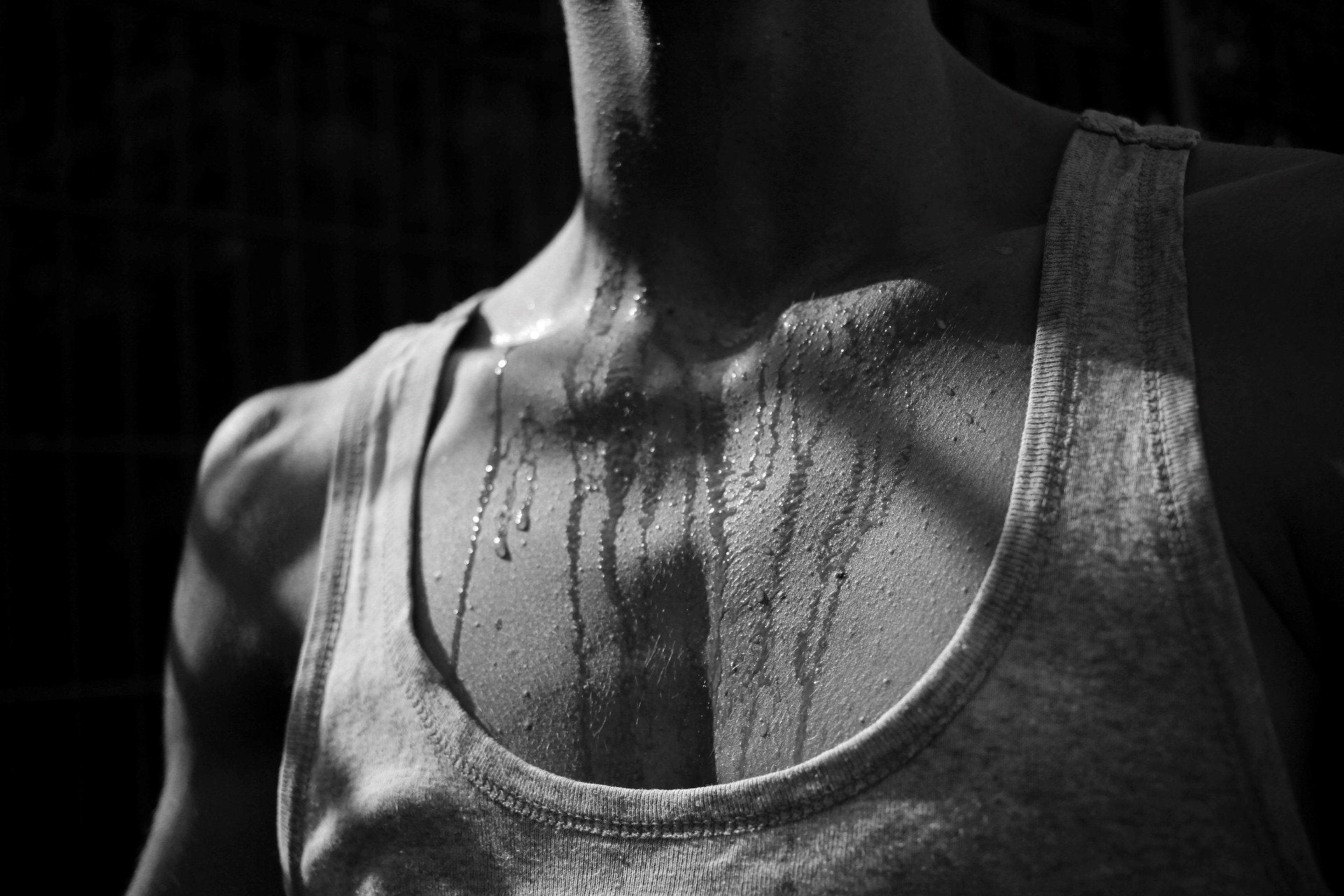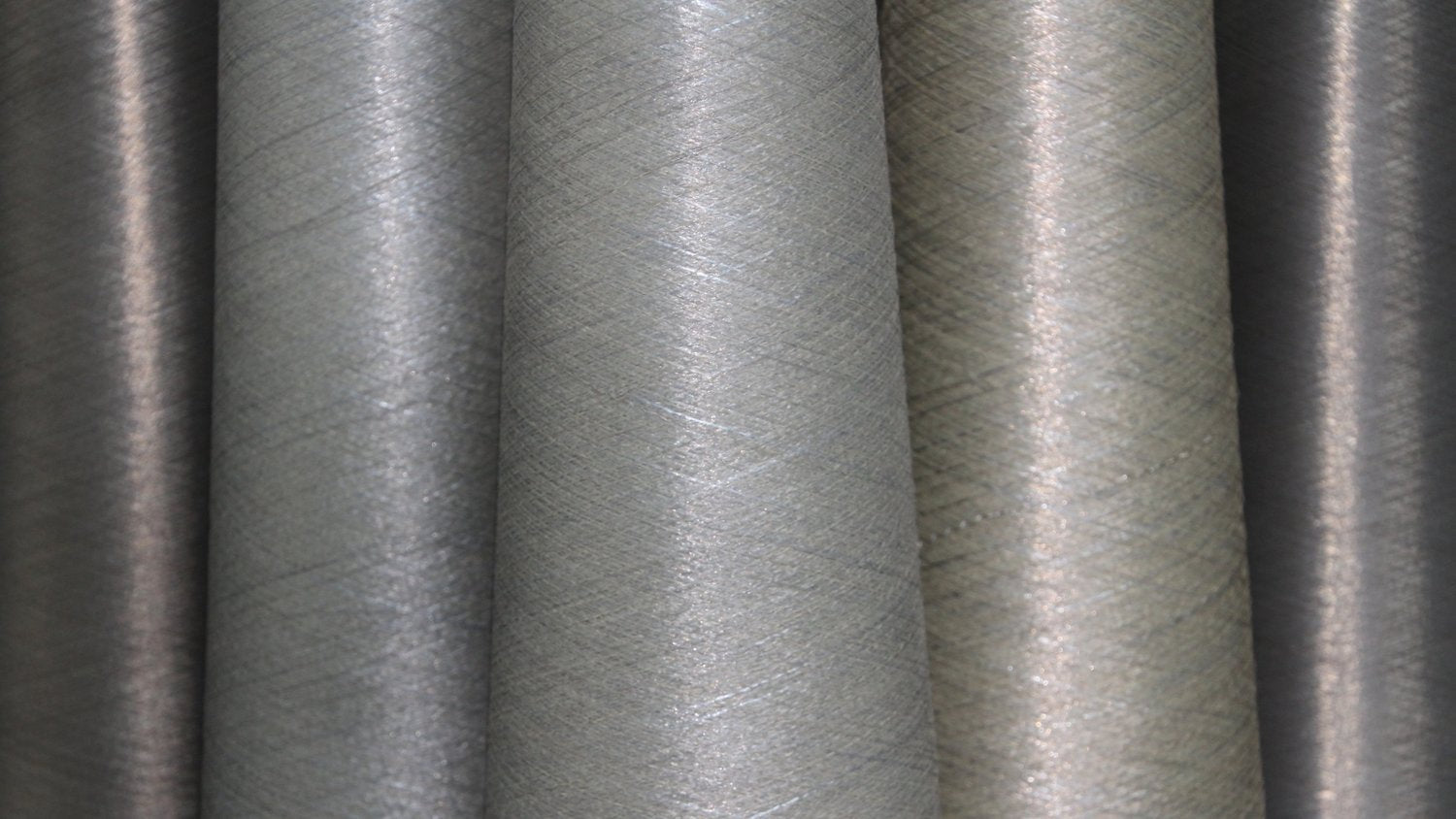
WINTER SPORTS AND YOUR FEET?
FROM SKIING TO SKATING, WINTER SPORTS CAN TAKE THEIR TOLL ON YOUR FEET. LET’S FIND OUT THE TOP COMMON FOOT AILMENTS FROM WINTER SPORTS, AND HOW TO DEAL WITH THEM.
WINTER SPORTS CAN LED TO A HOST OF FOOT AILMENTS, INCLUDING BLISTERS, SPRAINS AND STRAINS, CALLUSES AND ATHLETE’S FOOT. MAKING SURE YOU WEAR WINTER_APPROPRIATE FOOTWEAR IS VITAL TO PROTECT YOUR FEET. THE RIGHT SOCKS, BOOTS AND SHOES MAKE ALL THE DIFFERENCE, BUT HAVING A GOOD FOOT CARE REGIME ON HAND AND MAKING SURE YOU KNOW WHAT TO DO IF PROBLEMS ARISE IS EQUALLY IMPORTANT.
BLISTERS
Wearing properly-fitted ski boots, skates and outdoor boots is the single most important factor if you want to avoid rubs and blisters when you're outdoors on a cold day. Winter sports and ill-fitting boots can irritate knobby, bony areas on your feet, making them prone to rubbing and blistering.
Even if you don't have bony feet, if your footwear is too tight or too loose, this can lead to blisters and affect your enjoyment of your activity. Wearing the right socks is as important as choosing well-fitted footwear. Anything too thick might make your boots feel tight, so opt for a thinner sock with an absorbent material such as bamboo with silver.
CALLUSES
If you're on your feet day in day out, whether through skating, skiing or hiking, it's easy for calluses to develop. These are areas of hard, thickened skin, usually on your heels or the balls of your feet, and they develop when your feet are exposed to excessive pressure or friction.
Boots that are too tight or too loose or being on your feet all day can be the catalyst. Wearing boots that fit well and regularly exfoliating your feet are the best ways to prevent and remove calluses.
After a hard day on your feet, wash them for ten minutes and use a roller head to buff away hard skin easily for beautiful, luxuriously soft feet.
ATHLETE’S FOOT
On a week-long ski holiday and wearing your ski boots day in day out? Your feet are bound to get a bit hot and sweaty with all that action. The warm, moist, cramped environment of your ski boots is the perfect breeding ground for athlete's foot, a fungal infection of the foot, which can make your skin red and itchy, then dry and flaky.
There are a few ways to avoid it such as ensuring you wash your feet every day and dry thoroughly especially between the toes, which is where athlete's foot usually starts.
Make sure you invest in a few pairs of bamboo with silver socks too – they'll help keep your feet cozy and also absorb moisture. Try to put your ski boots somewhere warm to help them dry out thoroughly at the end of each day.
ACHES, PAINS AND BRUISING
If you're off skiing, you're going to be fairly active for long periods of the day. Make sure your feet are up to it by making sure to wear properly-fitted footwear and adding insoles.
If you have any existing foot problems, then speak to a foot expert or podiatrist to get some expert advice on looking after your feet. It's good to do some strengthening exercises a few weeks in advance to prepare your feet and avoid any strains.
Make sure you perform some gentle stretching exercises each morning before starting any activity. Boots that are too tight can inhibit the circulation in your feet, making them more prone to injury and inflammation, so make sure your boots are professionally fitted. If you end a day's skiing hobbling around on painful feet, be prepared with some foot care essentials to relieve them.
Foot baths can calm and soothe weary, painful feet – just what you need after a hard day on the slopes. Once your feet are dry, treat them to a gentle massage, using a nourishing foot cream which will provide the skin with extra rich, long-lasting moisture, and support your skin’s hydration while you sleep.
You'll be ready to ski those slopes again in no time!


Leave a comment
This site is protected by hCaptcha and the hCaptcha Privacy Policy and Terms of Service apply.